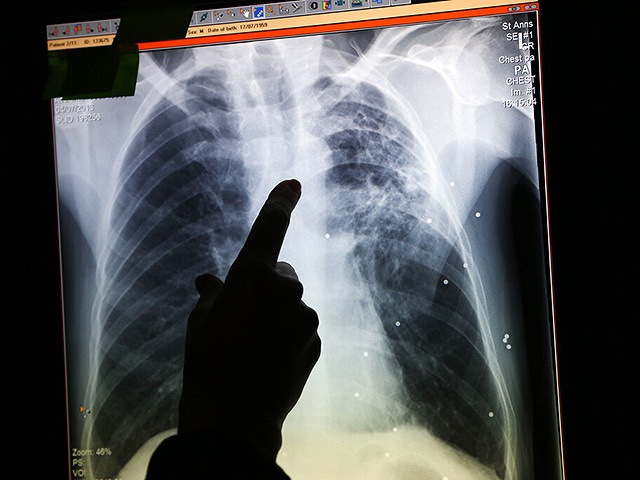Scientists have created a nanosensor capable of detecting lung cancer by analyzing the isoprene content in exhaled air. The development is characterized by high sensitivity and accuracy.
Chinese scientists have tested a device that can detect lung cancer in the early stages without invasive intervention. During the experiment, the device was used to analyze the breath of 13 people, including five diagnosed with lung cancer. The researchers found noticeable differences in the chemical composition of exhaled air between sick and healthy participants. Reduced exhaled isoprene levels could indicate a marker for lung cancer. Patients with the disease had isoprene concentrations of less than 40 parts per billion (ppb), while healthy participants had levels greater than 60 parts per billion.
Early research has shown that low levels of isoprene in the breath may be a sign of cancer. Isoprene is an organic hydrocarbon compound widely used in industry, especially as a raw material for rubber production. It is naturally synthesized in animals and plants, including humans.
Scientists believe that their invention could make a breakthrough in non-invasive lung cancer screening. This innovation represents an important step towards improving early diagnosis of the disease using a convenient and non-invasive method.
